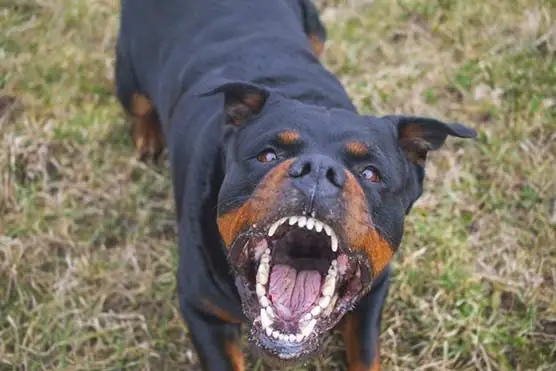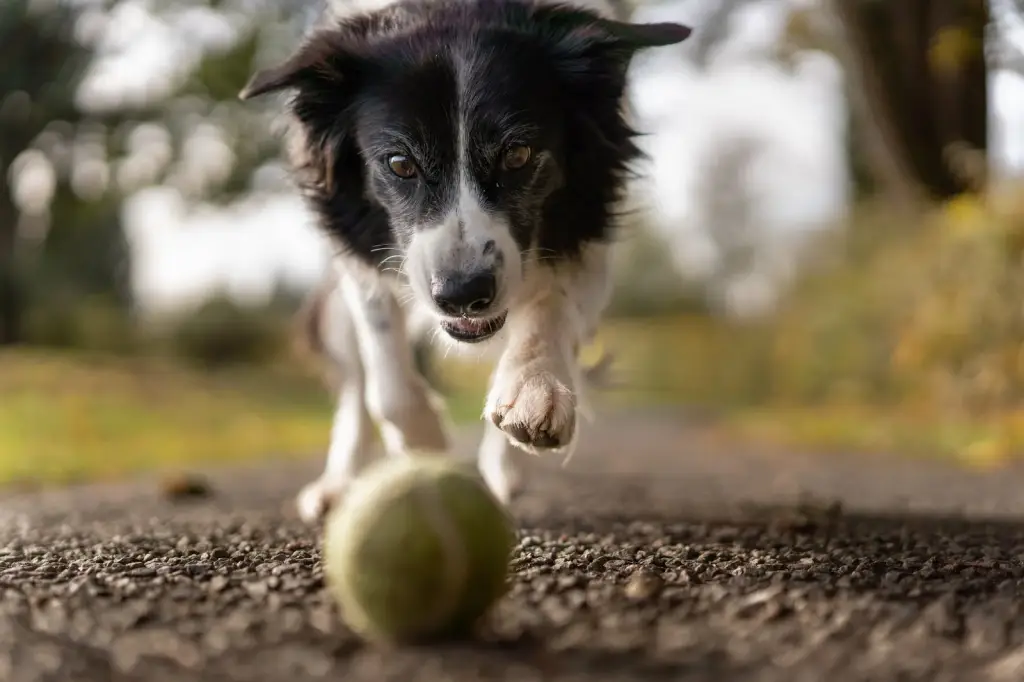Lost pets come home with Peeva.
Understand Your Dog’s Emotions Through Its Behaviour and Body Language

Body language has long been used as a way to read and understand the emotions and actions of both animals and humans. By now we all know that many basic emotions experienced by us humans can also be experienced by dogs.
These basic emotions include, for example, anxiety, frustration, fear, and above all joy, and they are crucial to help dogs learn and respond to various situations and potential dangers.
Unlike us humans who can express our emotions by talking, the dog can’t articulate how it feels. Therefore, the pup’s behavior and body language are very important for the pet’s owner to understand. The fundamentals of a doggie diet combined with proper training and exercise will help you provide your furry friend with a carefree life.
Dogs are living creatures and as much as we want to protect them, unfortunate accidents do happen. This is why you, as a pet parent, have the responsibility to find a good insurance plan as one of the benefits of pet insurance is making sure your canine companion’s quality of life is significantly improved and your worries are brought to a minimum, at least where finances are concerned.
In the article, we go through some of the emotions so you can recognize them and connect with your pooch.
Feeling Joy

Image source: Honest Paws from Unsplash
Joy is probably one of the emotions that we humans are best at identifying in dogs. Dogs do not smile like humans, although they might seem to.
Perhaps the easiest sign to recognize canine joy is when the dog wags its tail. Sometimes your pup can wag the tail so hard that its legs start shaking, indicating even more joy.
Other body movements can also signal that your dog is happy. A dog that looks relaxed and moves calmly thrives well and is happy in your company and encourages you to play and share its joy. Kind and focused eyes with a relaxed forehead can also be a sign of joy.
Expressing Fear

Image source: Lum3n from Pexels
Dogs can show fear in different ways, but often the dog’s body language clearly shows when it’s scared. Depending on your dog’s personality, it may show fear by barking defensively, growling, or standing still. Some dogs make themselves as small as possible or lie on their backs when intimidated. The body language can differ considerably, but the behavior is usually very dramatic.
The facial expression is also affected and the dog’s eyes can be wide open, staring or squinting, and it glances at the object or person that it perceives as a threat. The ears are flat against the head and the lips are tense. It may lick its lips or yawn and its tail is still, low, or stuck between its legs. The dog may be so focused on the threat that it even refuses to eat its favorite food and treats.
The primary focus of a scared dog is to survive the perceived threat and its body language, facial expressions, and appetite return to normal once it feels safe again.
Showing Anger

Image source: Pinterest
Be very careful if you suspect that your dog is angry, especially until the threat disappears completely.
An angry dog tries to look as big and threatening as possible with a stiff, upright body, eyes gone “hard”, and ears flat against its head. This look speaks volumes and can be a sign of dog aggression.
The dog’s mouth may be open with tense and retracted lips and the nose wrinkles when the dog bares its teeth. It puts weight on the front legs, gets ready for attack, and is either quiet or growls silently and threateningly. Normally, a really angry dog doesn’t make much of a fuss.
Avoid teasing your dog when it is angry. Stop yourself from staring, do not shout at the dog, and do not make any hasty movements. Just leave the dog alone so it calms down. These are very useful tips when learning how to stop dog aggression.
Feeling Anxious

Image source: Pinterest
An anxious dog may have wide and staring eyes, or it may squint and avoid eye contact. You can see wrinkles or tension in the dog’s forehead, and if it stands up, it seems hesitant as the dog tries to gather clues about potential danger.
The dog’s mouth is normally closed, but if it is open, the lips will be tense and your dog will lick them and yawn nervously, even though you know it is neither hungry nor tired.
The dog’s body and tail are probably still and it has a slightly lowered posture. Anxious dogs can sometimes wag their tails gently but this is more of a calming gesture and not a result of the dog feeling happy.
This is the reason why anxiety is rarely noticed so keep an eye on your dog if it is in a new or challenging situation. The animal might also suffer from separation anxiety.
Exhibiting Frustration
Dogs can experience different types of frustration, from depression to a more immediate frustration, usually in response to a specific event, such as not getting something they want. They may also feel frustrated if they cannot get away from an unpleasant situation.
When it comes to dogs’ body language, a frustrated dog is usually tense with stiff legs. It may bark or nibble on the object of its frustration, or try to run away from it. The dog will be completely focused on it and probably neither listen nor react to your attempts to distract it.
Its eyes are closed without blinking, the ears perk up and the lips are stiff unless it barks.
Your dog will need lots of careful, loving attention when in such a state before it can behave normally again.
Being Focused

Image source: Alois Moubax from Pexels
If your dog is focused, it is attentive and concentrating on something important like an object in the form of a ball, a treat, or maybe even you.
When your dog is focused, its eyes are open, without blinking, and its gaze is slightly intense when concentrating on the object of its attention. The ears may be straight or slightly forward and the mouth may be closed or open with the tongue still in the middle. The dog usually holds its head high, unless it is about to chase something.
When the dog focuses on something fun or amusing, its whole body can try to reach for it and tremble with anticipation, ready for action.
Final Thoughts
Dogs use their entire body, from ears to tail, when communicating with other dogs and with us humans. They use body language when they’re happy but also when they’re frustrated or anxious.
You probably think that you understand each other perfectly and on most occasions this is true. However, this article will come in handy as it is not always easy to read the dog’s language and it takes a little practice to interpret it correctly.
Remember that behavior and body language can differ between different dogs as all of them have unique personalities. In the end, you’re the one who knows your dog best and has the best knowledge of how it reacts and behaves in different situations.
Nathan Skalbeck is a professional dog trainer with more than 10 years of experience. As a big-time dog lover, working with animals means the world to him and there’s really nothing he’d rather do. In his career, he’s trained over 55 dogs from all sorts of breeds. That’s why he’s able to help dog owners find what they’ve potentially been doing wrong and find ways to make it better. For him training is only one part of raising a happy and healthy dog that’s going to be your best buddy for years to come!
Peeva: Where Lost Pets Find Their Way Home
Transform your pet’s microchip into a lifeline. 24/7 phone support and lost pet alerts ensure your pet gets the help they need, when they need it.
You Might Be Interested In
- Health, Wellness, Nutrition, Training
- Health, Wellness, Nutrition, Training






